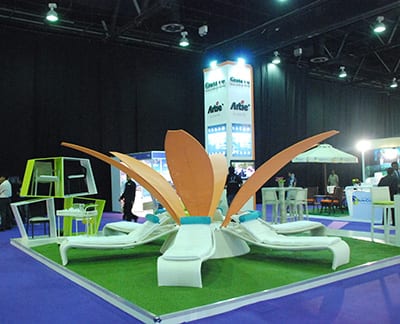****
Dining, a fundamental aspect of human culture, has undergone significant transformation throughout history. It is not merely the act of eating but encompasses a broader spectrum of experiences that involve the ambiance, service, and cultural significance of food. This article delves into the evolution of dining experiences from rudimentary meals shared amongst families and friends to the sophisticated gourmet dining that characterizes modern culinary practices. Furthermore, we will explore the future of dining, driven by innovation and changing societal preferences.

Exploring the Evolution of Dining Experiences: From Simple Meals to Gourmet Gastronomy and the Future of Culinary Innovation
Historically, dining began as a necessity, a fundamental means of sustaining life. Early humans foraged for available resources, with meals consisting of what could be gathered or hunted. As civilization progressed, dining became more communal. The agricultural revolution gave birth to settled societies where food was cultivated, leading to shared meals in homes. These gatherings fostered relationships and bonds within families and communities. In ancient civilizations, such as Rome and Greece, dining took on a more elaborate form, with banquets featuring multiple courses, theatrical presentations, and social stratification evident in the food served.
The Middle Ages saw a further evolution of dining practices, particularly in Europe. Feasts became grand affairs, showcasing not only the wealth of the host but also the skills of the cook. The concept of dining shifted from a basic necessity to an occasion for social standing and power display. Elaborate courses, accompanied by entertainment like music and dance, marked these meals. The introduction of spices and exotic ingredients also highlighted the era’s exploration and trade, with dining becoming a reflection of cultural influences and economic wealth.
The Renaissance period marked a pivotal change in dining culture, emphasizing aesthetics and presentation. Cooking became an art, with chefs experimenting with flavors and techniques. The introduction of the fork and refined table settings brought about new dining etiquette and behaviors. This is also when we start to see the emergence of specialized dining establishments. The restaurant, as we know it today, began in France in the 18th century, providing patrons with a menu of choices, which was revolutionary at the time. This era popularized the idea of dining out, making it accessible to a broader audience.
Fast forward to the 19th and 20th centuries, where the dining experience continued to evolve with industrialization, urbanization, and globalization. The rise of fast food revolutionized the concept of quick dining, prioritizing convenience over the culinary experience. However, this led to a backlash in the late 20th century as consumers began seeking more meaningful dining experiences. The farm-to-table movement gained momentum, emphasizing sustainability and local ingredients, allowing diners to connect with the source of their food. This shift highlighted the importance of understanding the origin of meals, thus enhancing the overall dining experience.

Exploring the Evolution of Dining Experiences: From Simple Meals to Gourmet Gastronomy and the Future of Culinary Innovation
In today’s culinary landscape, dining is not just about food; it’s a holistic experience that engages all the senses. Contemporary dining often combines art, science, and culture. The rise of fusion cuisine blends flavors and techniques from different culinary traditions, creating unique dishes that challenge traditional boundaries. Furthermore, culinary innovations such as molecular gastronomy push the limits of creativity, transforming the way food is perceived and experienced.

Exploring the Evolution of Dining Experiences: From Simple Meals to Gourmet Gastronomy and the Future of Culinary Innovation
Technology has also played an increasingly significant role in shaping modern dining experiences. The advent of social media has made food presentation more critical, as diners become participants in a digitally connected food culture. Platforms such as Instagram and TikTok encourage restaurants to present visually stunning dishes, often leading to viral trends and new dining fads. Reservations through apps, online reviews, and food delivery services have redefined how patrons interact with dining establishments and their culinary offerings.
Looking to the future, the dining experience will likely continue to evolve in response to ongoing societal changes. Sustainability will remain a crucial focus as consumers demand more eco-friendly practices from restaurants. Plant-based dining is gaining traction as people become more health-conscious and environmentally aware. Restaurants may increasingly embrace technology, using AI to tailor dining experiences, enhance service, and optimize menus based on consumer preferences.
In conclusion, dining has transformed from mere sustenance into an elaborate and meaningful experience shaped by history, culture, and innovation. As we look to the future, the evolution of dining practices will undoubtedly continue, reflecting our changing values, preferences, and the ever-advancing culinary landscape. Engaging our senses and mind, dining will remain a fundamental aspect of human experience, bridging communities and cultures around shared meals. Modern Home Furniture
